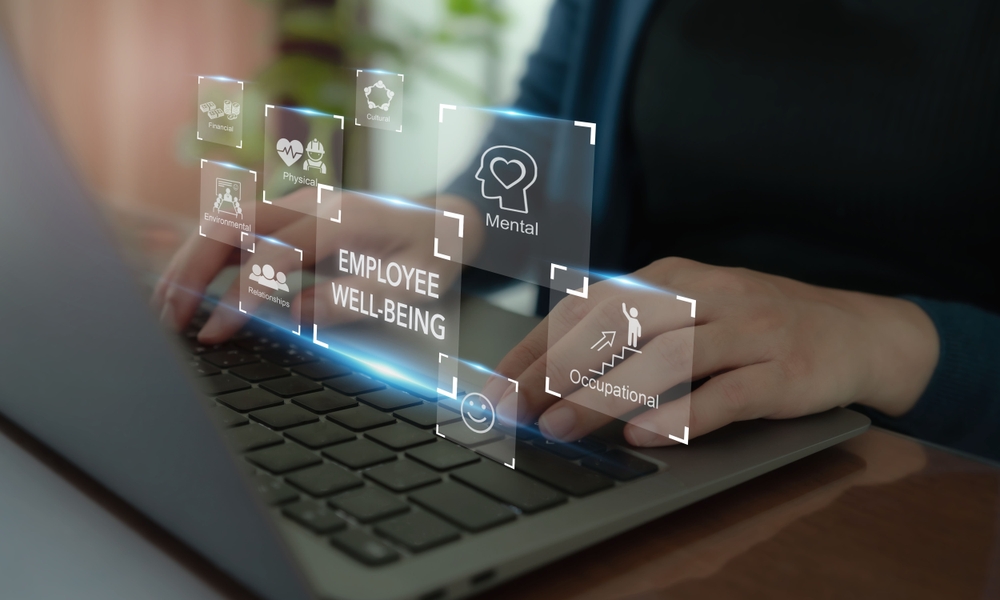How Cutting‑Edge Tech Is Saving Employee Sanity
In an era where workplace stress and burnout exact a heavy toll, businesses are strategically deploying technology not to replace human connection, but to fortify it. The right digital tools can optimize processes, personalize support, and cultivate healthier work habits, profoundly benefiting staff both mentally and physically. This article explores the most impactful technologies and how they seamlessly integrate into daily operations, fostering a more resilient and engaged workforce.
Digital Wellbeing Platforms: Centralizing Support and Driving Engagement
Digital wellbeing platforms serve as a unified command center for employee health resources. By aggregating mental health services, fitness programs, and stress-management workshops, these platforms simplify access and ignite consistent engagement. Employees can effortlessly book virtual counseling sessions, track mindfulness exercises, and participate in wellness challenges—all through an intuitive dashboard. Seamless access via single sign-on (SSO) systems eliminates login barriers, while integrated analytics empower HR teams to monitor overall participation and pinpoint areas of specific need, allowing for more targeted support initiatives.
AI-Driven HR Analytics: Proactively Averting Burnout
Artificial intelligence is revolutionizing how organizations detect and mitigate stress before it escalates. By analyzing subtle patterns in email volume, meeting density, and calendar usage, AI-driven HR analytics platforms can pinpoint employees at risk of overload. Moving beyond subjective self-reports, managers receive proactive alerts when an individual’s work patterns consistently exceed healthy thresholds. This data-informed approach empowers timely interventions—such as workload rebalancing or focused check-ins—proactively preventing burnout and preserving employee vitality. Crucially, this technology frees managers to engage in more empathetic and targeted conversations, rather than reacting to crises.
Wearable Technology: Real-Time Insights for Collective Wellbeing
Wearable devices have evolved far beyond basic step counting. Modern smartwatches and fitness bands meticulously measure heart-rate variability, sleep quality, and even stress indicators through advanced skin conductance sensors. When integrated into corporate wellness programs, wearables provide actionable, anonymized insights into group health trends. For instance, if data reveals widespread sleep deprivation among sales teams, leadership can implement tailored sleep-hygiene workshops or strategically adjust sales targets to accommodate better rest cycles, demonstrating a tangible commitment to employee health.
Related: The Executive’s Guide to Wellness Wearables: Cutting Through the Hype
Virtual Collaboration Tools: Cultivating Connection in Distributed Teams
Remote and hybrid work models, while offering flexibility, can inadvertently foster feelings of isolation, significantly impacting wellbeing. Virtual collaboration tools, rich with social-first features—such as scheduled “coffee break” rooms or engaging icebreaker prompts—are crucial for maintaining team cohesion. Video platforms supporting quick, impromptu check-ins effectively mimic spontaneous office hallway conversations, ensuring that vital informal social interactions remain an integral part of the workday. By promoting regular, lightweight touchpoints, these tools directly counteract the loneliness often associated with remote work, fostering stronger bonds.
Mental Health Apps and Chatbots: Accessible, On-Demand Support
Smartphone applications engineered for mental health deliver immediate relief through guided meditation, cognitive behavioral therapy exercises, and mood tracking. Chatbots, powered by natural language processing, offer 24/7 conversational partners adept at recognizing signs of distress. When users report elevated stress or symptoms of anxiety, these chatbots can instantly suggest coping strategies or, when necessary, seamlessly escalate to human counselors. Coupled with robust employee assistance programs (EAPs), mental health apps ensure that support is never more than a tap away, empowering employees with accessible, confidential care.
Ergonomic and Workspace Technologies: Safeguarding Physical Health
Physical comfort is a foundational yet frequently overlooked aspect of wellbeing. Smart desks that automatically adjust height throughout the day promote movement and mitigate sedentary behavior. Ergonomic software intelligently prompts users to correct posture or take micro-breaks after extended screen time. Even virtual reality (VR) headsets are emerging as tools, enabling employees to perform guided stretch routines or participate in on-site posture assessments remotely. These technologies work in synergy with traditional office furniture upgrades to proactively safeguard musculoskeletal health, reducing physical strain and improving overall comfort.
Automated HR Processes: Liberating Time for Meaningful Interaction
Routine administrative tasks—from expense approvals and PTO requests to onboarding paperwork—can consume an inordinate amount of both HR and employee time. Automation tools radically streamline these workflows, ensuring forms are correctly routed and promptly completed. By drastically reducing manual overhead, HR professionals gain invaluable time to dedicate to personalized wellbeing initiatives, such as team workshops, individual coaching, or proactive outreach. Employees, in turn, experience less frustration navigating bureaucratic hurdles, allowing them to focus on their core responsibilities and mental bandwidth. This directly enhances human connection by shifting focus from mundane tasks to valuable human-centric support.
Integrating Technology into a Holistic Wellbeing Strategy: A Call to Action
No single tool provides a panacea. The most impactful wellbeing programs forge multiple technologies into a cohesive, symbiotic strategy, underpinned by unwavering leadership buy-in. Robust feedback loops—through surveys, focus groups, and usage analytics—are indispensable for guiding continuous improvement and ensuring relevance. Furthermore, comprehensive training and transparent communication are paramount, ensuring employees understand the purpose and feel empowered to comfortably utilize each tool. When technology is thoughtfully integrated, it transcends being merely an extra task; it becomes a powerful enabler of both unparalleled productivity and profound personal health.














